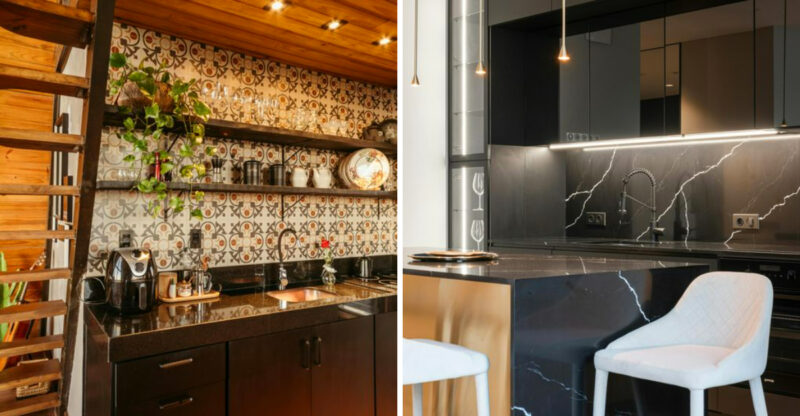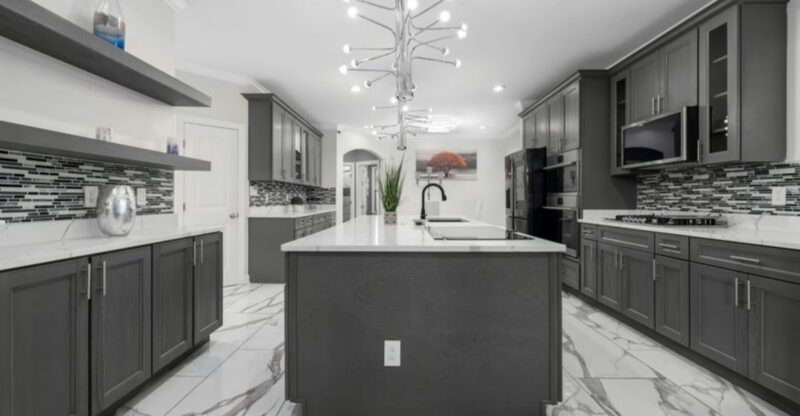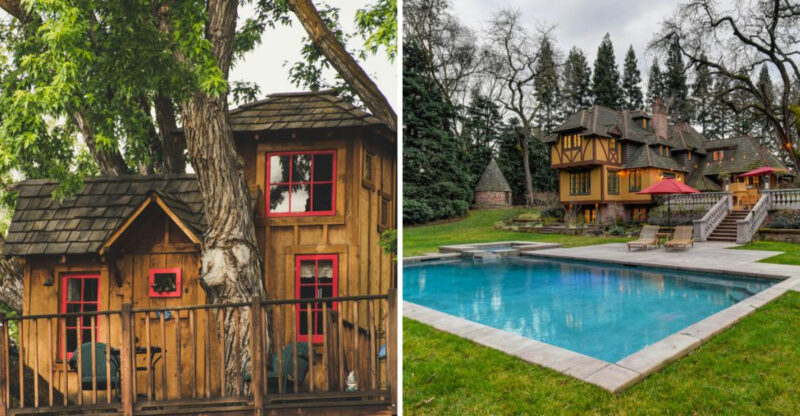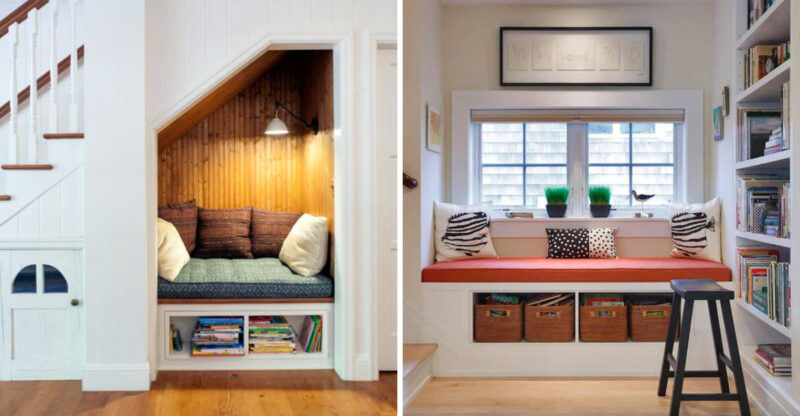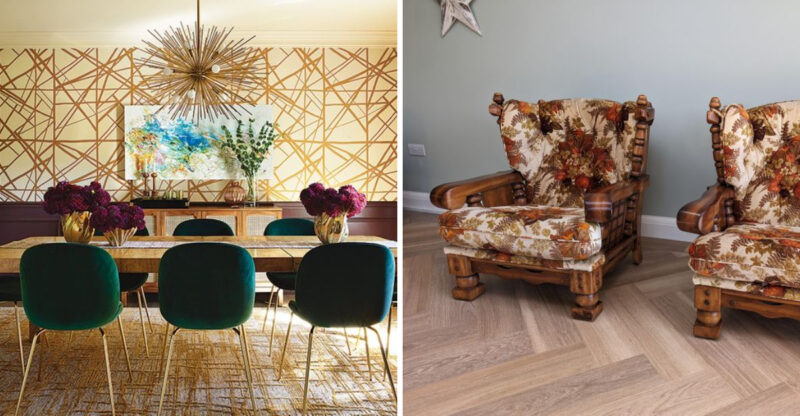6 Factors That Could Give Your Living Room A Bare Appearance
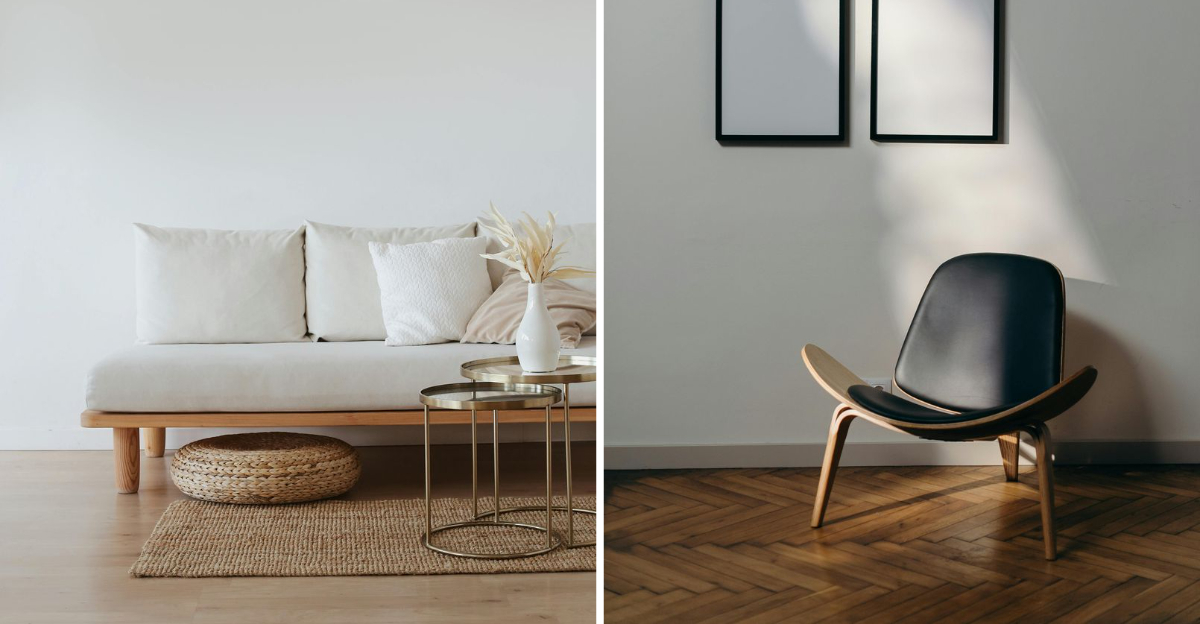
Ever walked into a living room that felt strangely empty, even with furniture in it? A space that looks bare can make your entire home feel unwelcoming and cold.
The good news is that pinpointing what’s missing is the first step toward creating a cozy, inviting living room where family and friends want to gather. Here are some common factors that might be making your living room feel unfinished, though results may vary depending on your room’s size, layout, and existing furnishings.
1. Lack of Area Rugs
Did you know a room without a rug often feels incomplete? Hard floors without any textile coverage create an echo-chamber effect that amplifies the feeling of emptiness.
Area rugs do amazing double-duty in living rooms. They visually anchor furniture groupings while adding warmth, color, and texture underfoot. Without them, furniture can look like it’s floating awkwardly in space rather than forming a cohesive seating area.
Size matters tremendously with rugs. Too small, and they look like random postage stamps on your floor. Ideally, your rug should be large enough for all main furniture pieces to at least have their front legs resting on it. This creates a defined conversation zone that feels intentional and welcoming.
2. Limited Lighting Sources
It’s shocking how many living rooms rely on just one overhead light fixture. This creates harsh shadows and leaves corners dark and uninviting, making the room feel smaller and emptier than it actually is.
Lighting experts recommend at least three light sources in any room for proper ambiance. Try combining overhead lighting with floor lamps, table lamps, and perhaps some accent lighting like wall sconces or picture lights. This creates layers of light that can be adjusted for different activities and times of day.
The physical lamp fixtures themselves add visual interest even when turned off. A distinctive floor lamp acts as sculpture, while table lamps add height variation to flat surfaces. Don’t forget natural light either heavy window coverings that block daylight can contribute significantly to that bare feeling.
3. Few or No Throw Pillows
Where’s the softness? A sofa or seating area without throw pillows looks strangely institutional, like a waiting room rather than a place where people relax and get comfortable.
Throw pillows are magical little transformers that add color, pattern, texture and comfort simultaneously. They’re also one of the most affordable ways to update a living room’s look. Mix different sizes, shapes and textures while keeping some element consistent (like color family or pattern style) for a collected-over-time look that feels authentic.
Beyond just looks, pillows invite people to settle in. They signal that this is a space for lounging, napping, and getting cozy with a good book. Their softness contrasts beautifully with harder furniture elements, creating visual and tactile balance that makes the whole room feel more complete and thoughtfully designed.
4. Bare Window Treatments
Windows without proper dressing are like faces without eyebrows something just looks off! Naked windows create an unfinished appearance that can make even well-furnished rooms feel temporary or unloved.
Window treatments frame views and add crucial softness to rooms dominated by hard surfaces. They also provide privacy, light control, and insulation benefits beyond their decorative role. The right curtains or blinds can make windows appear larger and ceilings higher when mounted correctly.
If heavy drapes feel too formal for your style, consider layering options like combining light sheers with bamboo blinds. Even simple roller shades in a textured material add more visual interest than bare windows. Remember that window treatments don’t need to be expensive ready-made panels in neutral colors provide instant polish without breaking your budget.
5. Empty Wall Spaces
Blank walls scream unfinished business in any living room. Those big empty spaces act like magnets for the eye, drawing attention to what’s missing rather than what’s there.
Wall art doesn’t have to be expensive to make an impact. Family photos in matching frames, affordable prints, or even your children’s artwork can transform a barren wall. Consider creating a gallery wall where different pieces work together as one visual element.
If hanging things feels too permanent, try leaning larger framed pieces on mantels or shelves. Wall decor isn’t limited to just pictures either decorative mirrors, wall sconces, floating shelves, and textile hangings all add dimension and personality to previously neglected vertical real estate.
6. Minimal Furniture
Having too few furniture pieces can make even a small room feel like an empty warehouse. Your living room needs more than just a sofa and TV stand to feel complete.
Think about how people use the space. Where will guests put their drinks? Is there enough seating when friends visit? Adding a coffee table, side tables, and perhaps an accent chair creates conversation areas and practical surfaces.
Balance is key here. You don’t need to cram the room full, but having furniture that serves different functions helps define the space. A bookshelf, console table, or small desk in an unused corner can transform that awkward empty spot into a purposeful area.


